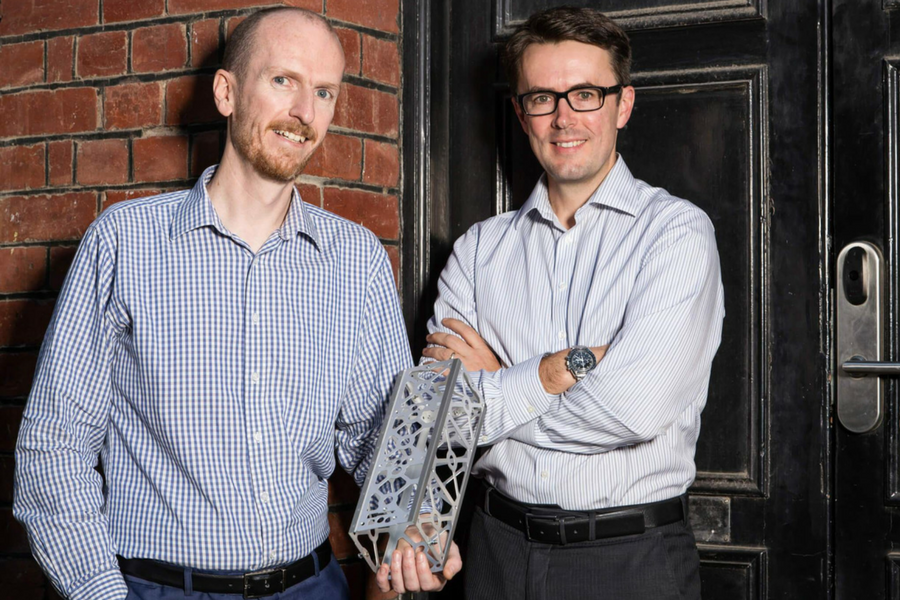Adelaide Internet of Things startup Myriota has partnered with the Australian Institute of Marine Science (AIMS) to track the health of Australia’s tropical waters via its low earth orbiting (LEO) satellites.
The AIMS has deployed marine drifters equipped with Myriota’s sensors, which can track currents, sea surface water temperatures, and barometric pressure, with the data transmitted to the AIMS’ data centre via the LEO satellites.
Dr Alex Grant, cofounder and CEO of Myriota, said the AIMS is the first organisation to deploy the company’s sensors for oceanographic tracking.
“Previously, oceanographic drifter satellite communications for organisations like AIMS have been cost prohibitive, but our Direct to Orbit technology has allowed AIMS to trial robust and cost effective tracking and data collection,” he said.
Melanie Olsen, technology development team leader at the AIMS, said the project is a cost-effective option for the Institute.
“Our drifters are now fitted with the next generation of satellite technology, so they can beam data from remote Australian waters back to base in near-real time,” she said.
“The low cost drifters will enable us to scale up projects on demand, be sustainable and flexible. Because they connect to LEO satellites, they avoid issues like coverage dropouts and connectivity issues that come from using traditional mobile phone networks.
“Data is an essential tool if we are to understand how our oceans behave. We need to bring every tool to bear if we are to protect one of our nation’s most precious natural assets, our marine environment.”
Spun out of the University of South Australia in 2015, Myriota earlier this year raised US$15 million ($19.35 million) in a Series A round led Blue Sky Venture Capital and the CSIRO’s Main Sequence Ventures, with participation from firms including Right Click Capital and Boeing through its HorizonX Ventures arm.
It is currently working with nanosatellites operated by Canadian company ExactEarth, which led its seed round, as well as building its own.
Beyond the AIMS deployment, its sensors have also been deployed for applications including environmental monitoring and defence.
Also working in this space is fellow Adelaide startup Fleet.
With the startup aiming to launch a network of more than 100 nanosatellites to create a global network enabling low-bandwidth connectivity for Internet of Things (IoT) devices, Fleet’s constellation will enable satellite connectivity in remote locations.
The nanosatellites work in combination with Fleet’s ground terminal, the Portal, which enables businesses to connect up to a thousand devices to private low power wide area networks (LPWANs) anywhere around the world. Beyond collecting data, the Portal can analyse and select key data for transmission across various satellite service options, including Fleet’s satellite network.
According to Fleet, this will enable the use of IoT for industries working across remote areas, such as mining, logistics, and agriculture, allowing businesses to make data-driven decisions.
Fleet launched two of its satellites with orbital launch provider Rocket Lab in New Zealand earlier this month.
Image: Dr David Haley and Dr Alex Grant. Source: Myriota.




















Trending
Daily startup news and insights, delivered to your inbox.